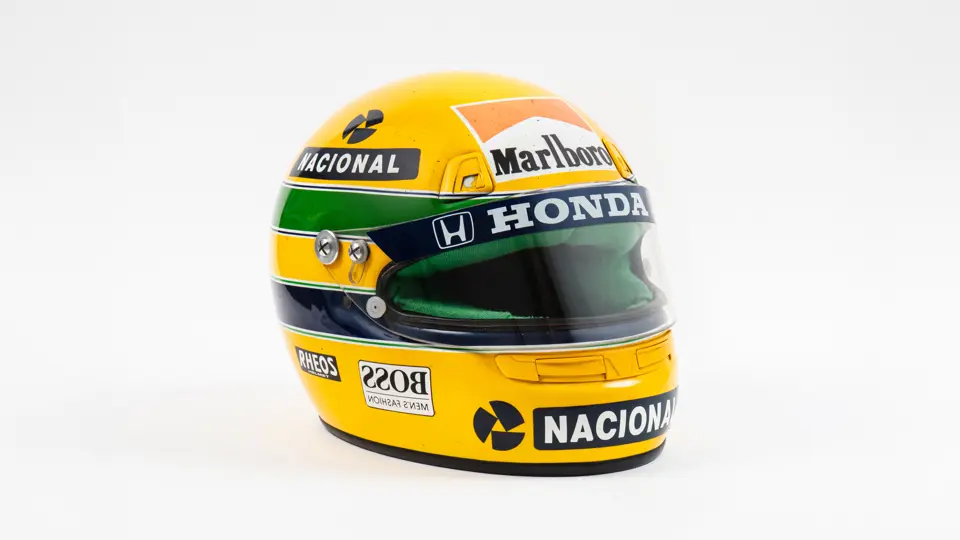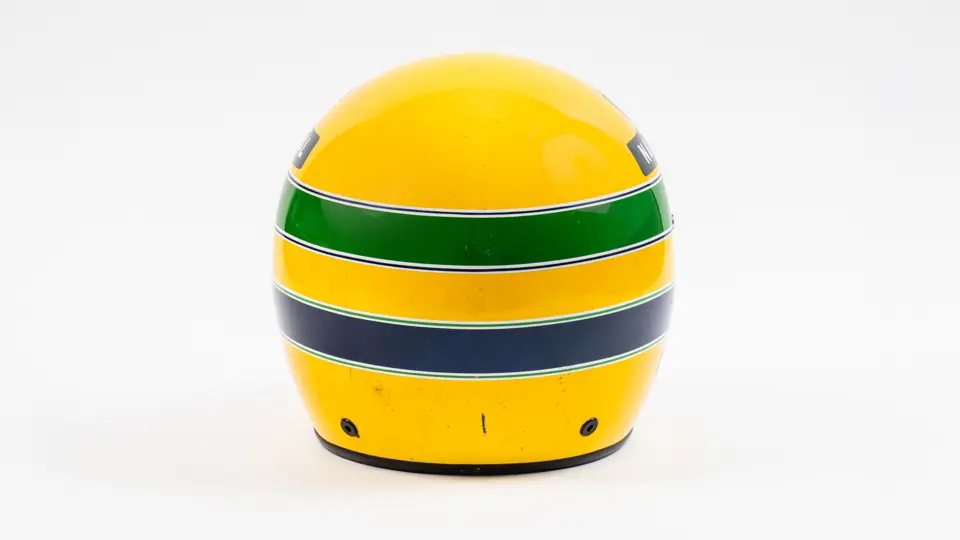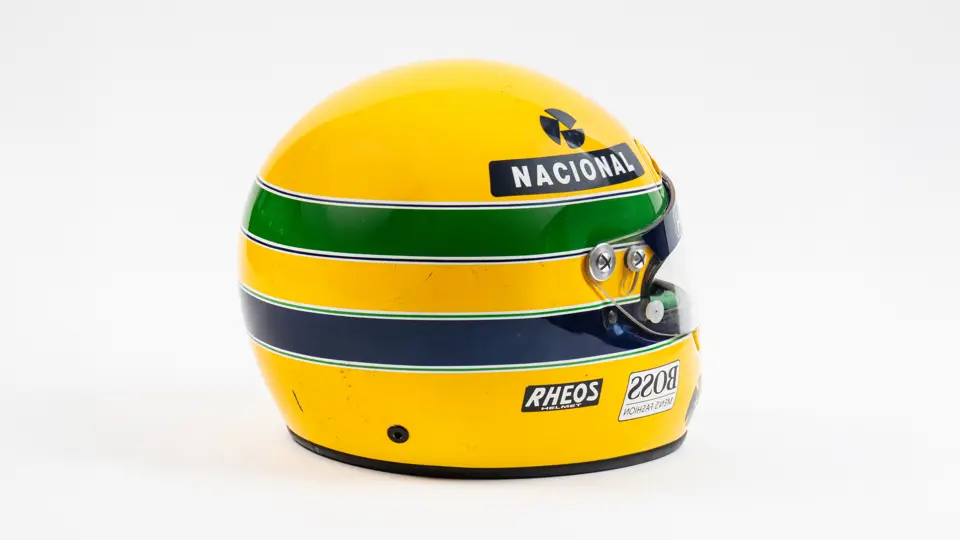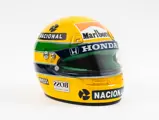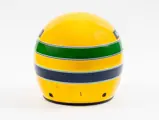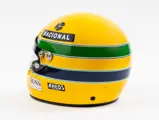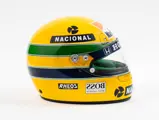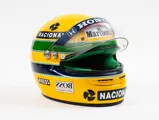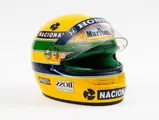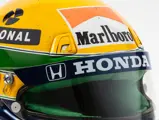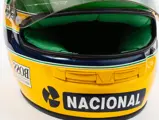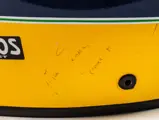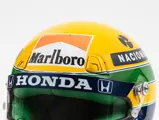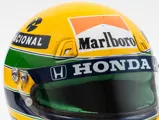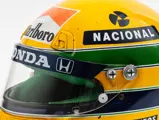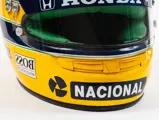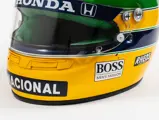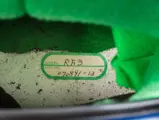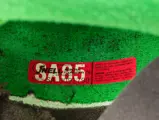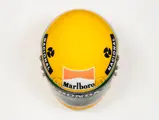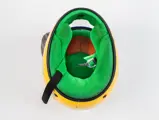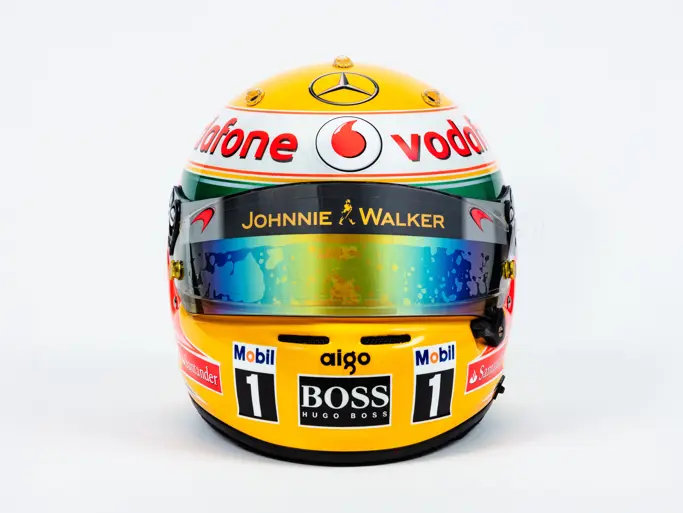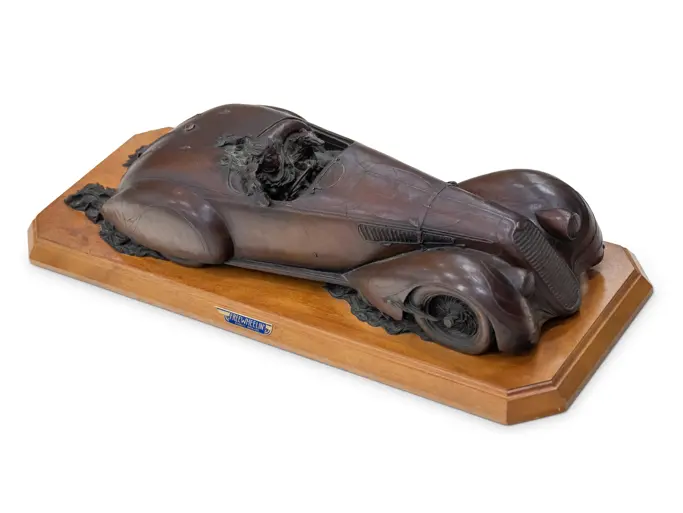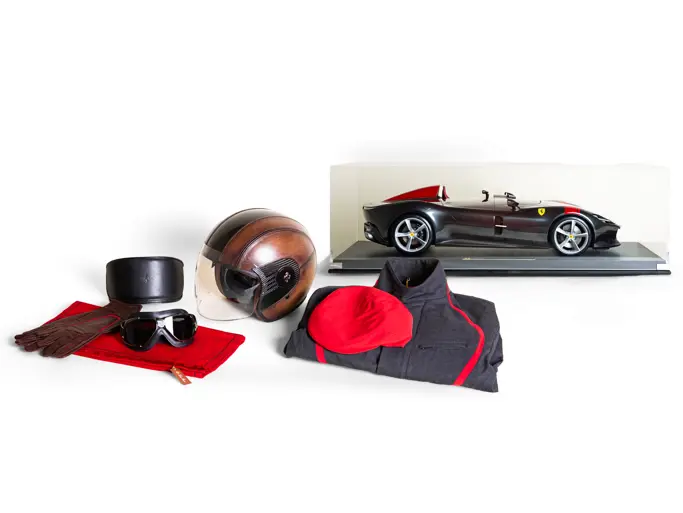
Ayrton Senna McLaren Rheos Helmet, 1991
{{lr.item.text}}
{{bidding.lot.reserveStatusFormatted}}
- Worn by Ayrton Senna during four Grands Prix weekends during the 1991 World Championship, including in practice at the Japanese Grand Prix, where he secured his third and final Formula 1 World Championship
- Race-worn by Senna during the Belgian and Portuguese Grands Prix, where he finished first and second respectively
- Accompanied by a July 2025 inspection report by Mike Fairholme
- Finished in Senna’s classic colourway with correct dark blue Honda visor strip, helmet sponsor logos include Hugo Boss, Marlboro, Rheos, and Nacional
The 1991 Formula 1 World Championship would see Ayrton Senna clinch his third and final Drivers’ Championship. Across sixteen races around the world, Senna took the checkered flag at seven of them, two victories more than Nigel Mansell in his first season back at Williams after Mansell’s tenure with Ferrari. This would secure his position in the list of all-time greats, tying rival Alain Prost’s record for second most Drivers’ Championships won, a title also then shared with Jack Brabham, Jackie Stewart, Niki Lauda, and fellow Brazilian Nelson Piquet.
Nineteen ninety-one would also be Senna’s second and final year of wearing a Rheos helmet, with Senna moving to Shoei for 1992 and 1993 and then moving back to Bell prior to his passing, leaving only a small number of Senna-worn Rheos helmets in existence. Rheos was a Honda-owned motorcycle helmet manufacturer, but exclusive for the Japanese motorcycle market. Honda had bikes racing in the Japanese domestic motorcycle race series and many of those riders wore the Rheos helmet. As Senna was such an important figure to Honda, they decided to make bespoke helmets for both him and his teammate Gerhard Berger.
The helmets produced for 1991 were significant as these were brand new, bespoke helmets produced by Rheos focused on car racing rather than motorcycle racing. These were produced in very limited numbers, not intended for regular production, and never generally available to purchase. As such, it boasts a variety of differences in the shell, visor, and venting to the Rheos helmets used in 1990. The weight of this 1991 Rheos at 1.3 Kgs is significant because it was considerably lighter than his previous Bell helmets
This particular helmet was completed by Rheos on 7 August 1991, just four days prior to the 1991 Hungarian Grand Prix. This was too close to that grand prix for the helmet to have been worn there by Senna, but the helmet became available for race use during the 1991 Belgian Grand Prix weekend and onward. Rheos technicians accompanied their helmets to each grand prix to maintain and observe the use of the pair of helmets made available to each driver at any given weekend.
Photographic research undertaken by helmet designer and historian Mike Fairholme shows that this helmet, designated R8 externally by the Rheos technician, saw use by Ayrton Senna at the following four Grands Prix weekends; the Belgian Grand Prix at Spa Francorchamps, the Italian Grand Prix at Monza, the Portuguese Grand Prix at Estoril, and the Japanese Grand Prix at Suzuka. Although it is nearly impossible to prove with 100% certainty any helmet’s participation in a grand prix weekend from this era, careful scrutiny into cosmetic characteristics and defects present in the helmet today allow us to determine which helmet was used, when, and where with a high degree of certainty. Fairholme’s report, available for inspection in the helmet’s digital history file, outlines these differences in detail.
To summarize Fairholme’s findings, the helmet first appeared in use at the 1991 Belgian Grand Prix and was worn by Senna during the race, which saw Senna start from pole position, defending his place into the first corner from Alain Prost and onwards to the finish line, where he emerged victorious. Photographs from the Italian Grand Prix indicate that a new helmet was introduced, with R8 likely only worn during practice. However, at the Portuguese Grand Prix, it appears that R8 was used in both practice and the race, where Senna’s second-place finish helped extend his lead in the championship over Nigel Mansell. This leads us to the Japanese Grand Prix where both helmets were used by Senna in practice but photos following the race conclusively prove it was R7, instead of R8, that was used during the race by Senna, a race which saw him clinch his third and final Formula 1 Drivers’ Championship.
Following the race, the helmet was signed by Senna on the rear left-hand side, allegedly gifting it to his teammate Gerhard Berger, and thus removing the helmet from the possibility of use at the final round of the 1991 World Championship at the Australian Grand Prix.
Acquired by the consignor approximately fifteen years ago, the helmet still shows visible signs of its race-worn use, and is presented in very well-preserved condition. It was used by Senna at a pivotal moment in his illustrious career and as such would be a significant addition to any collection.
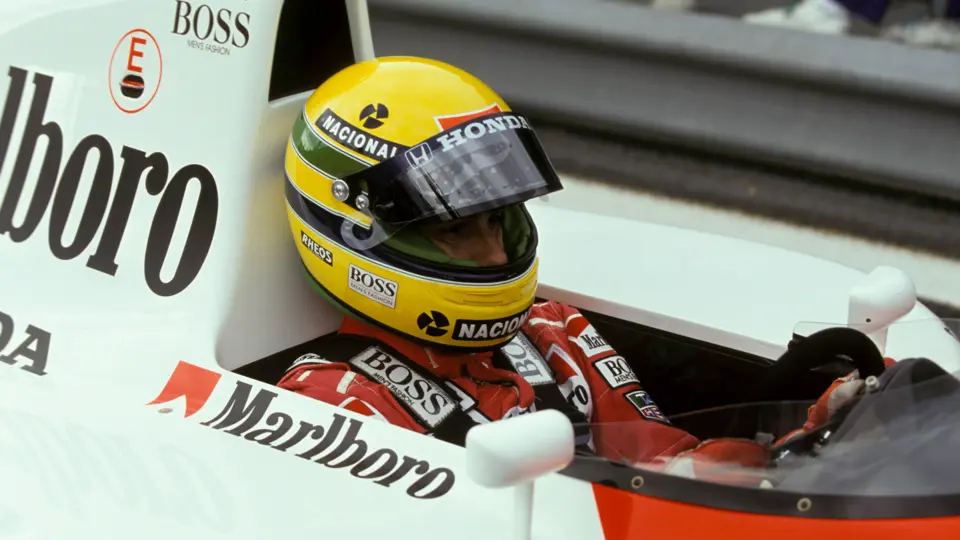
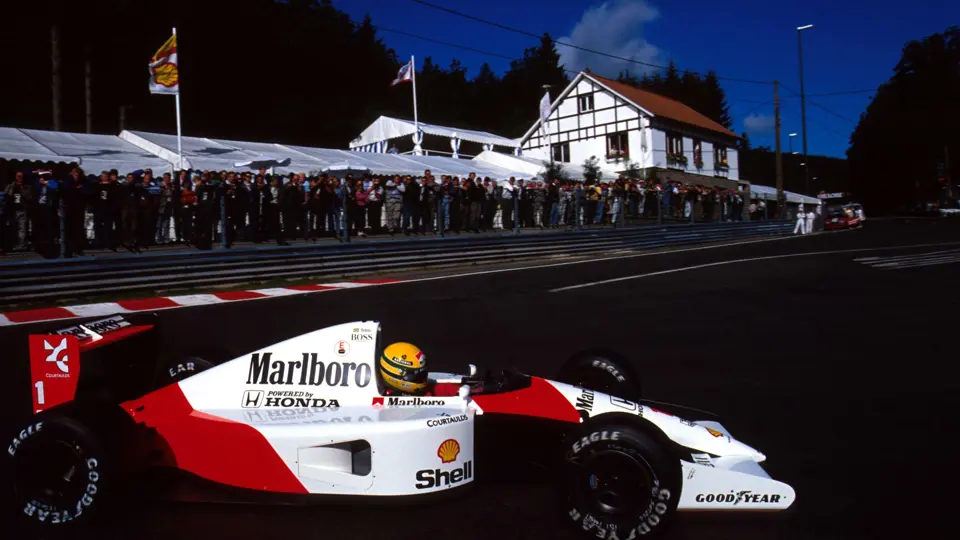
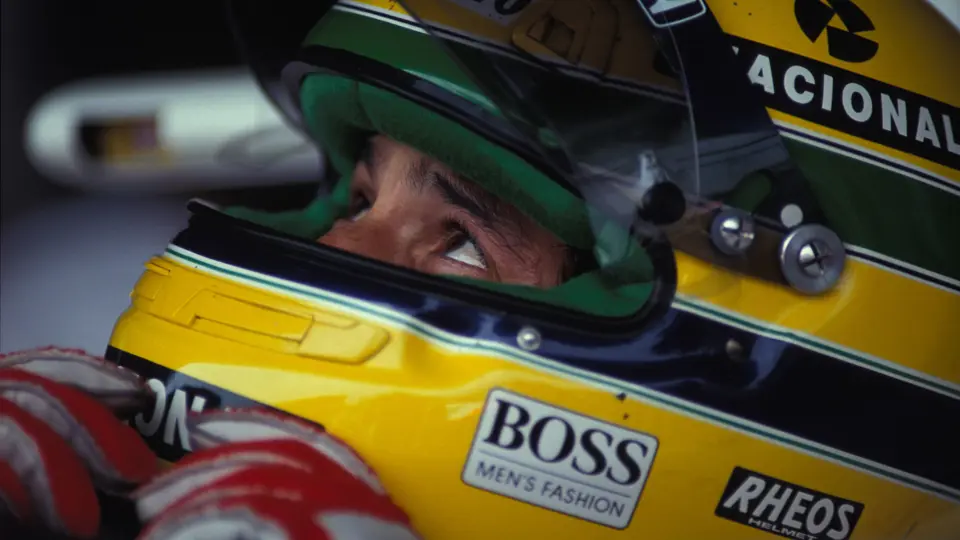

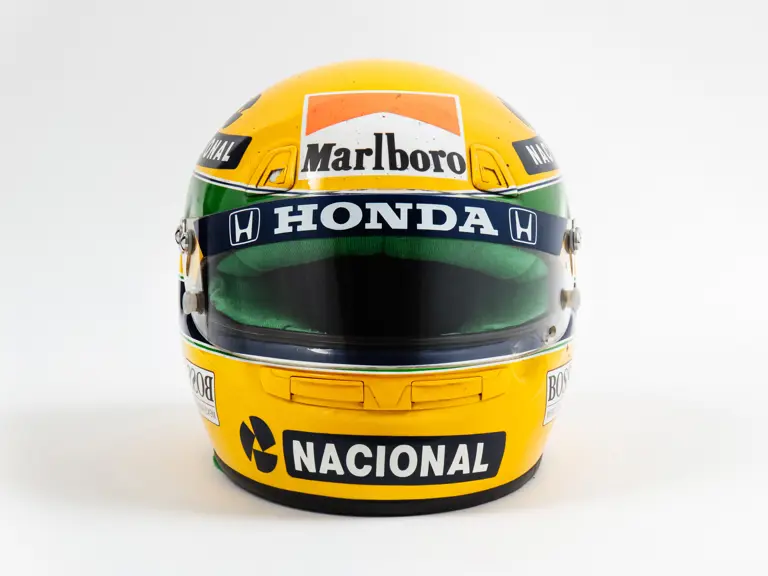
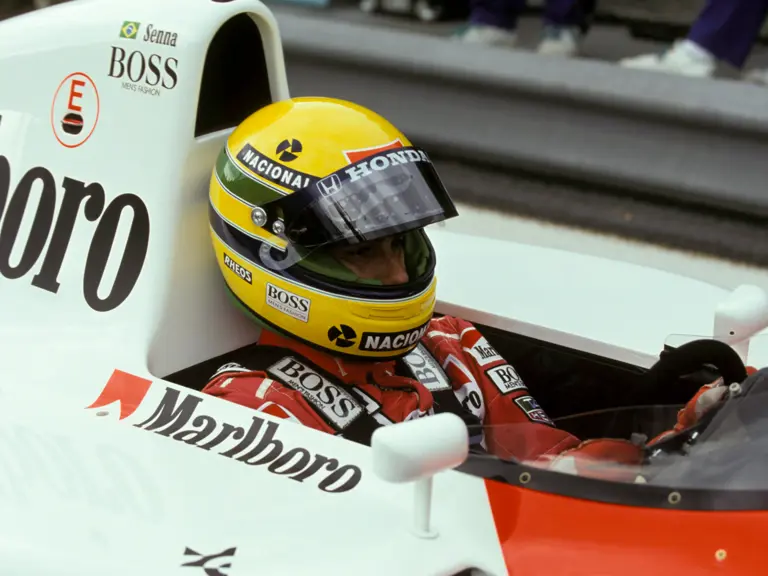
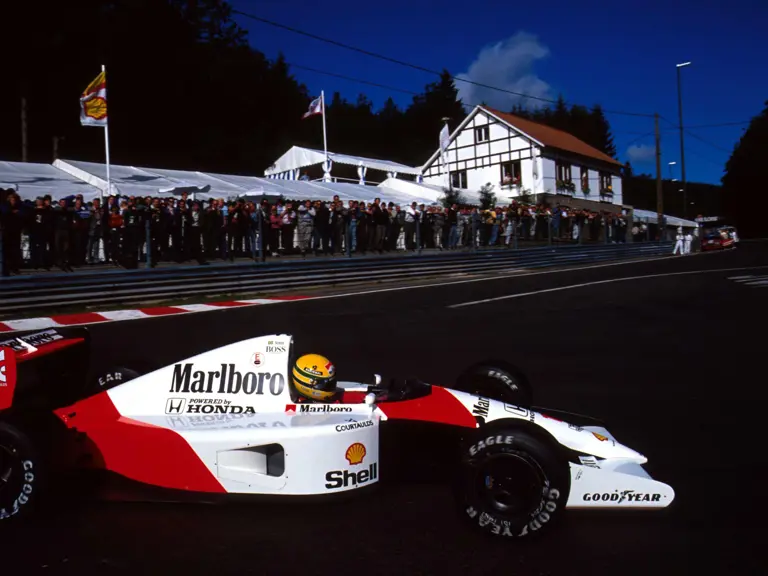
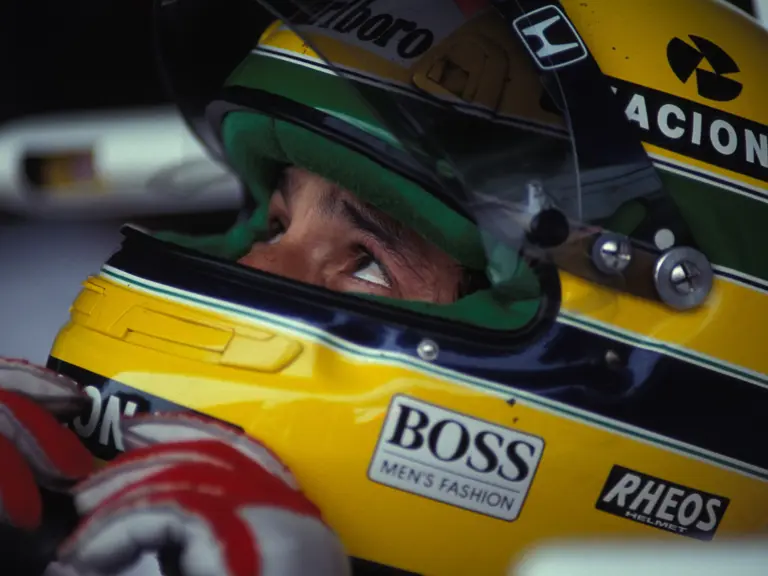
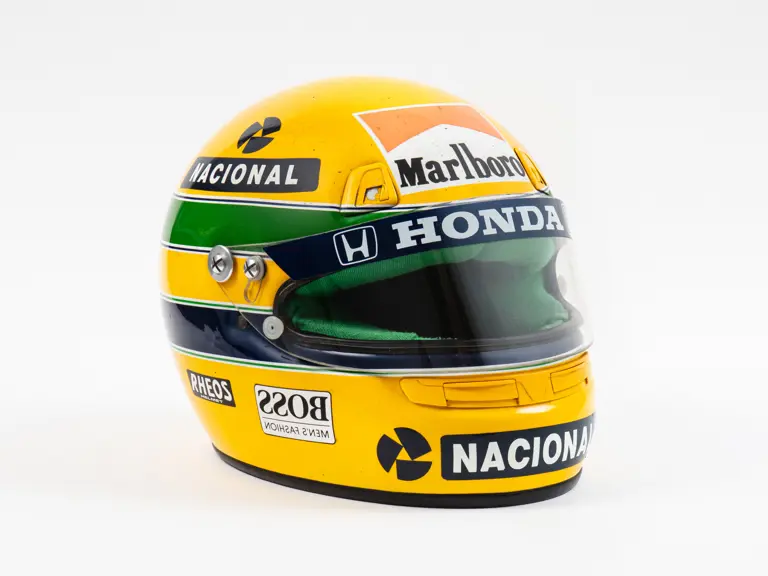

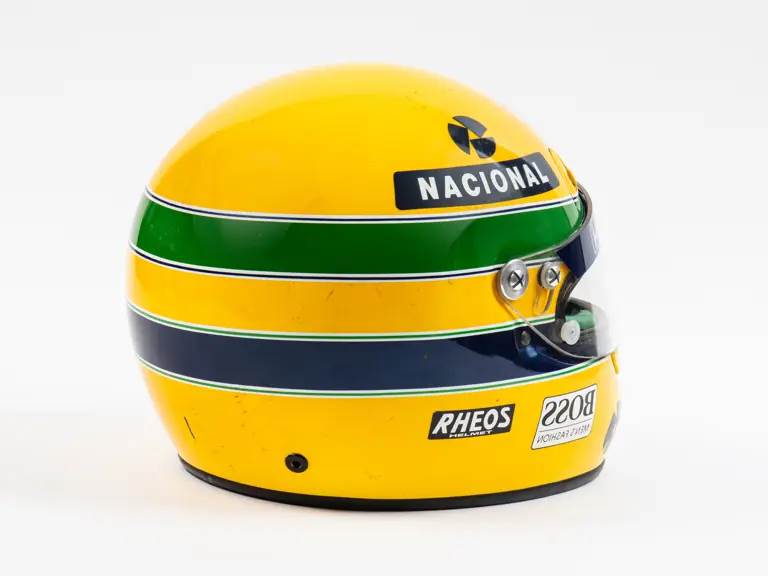
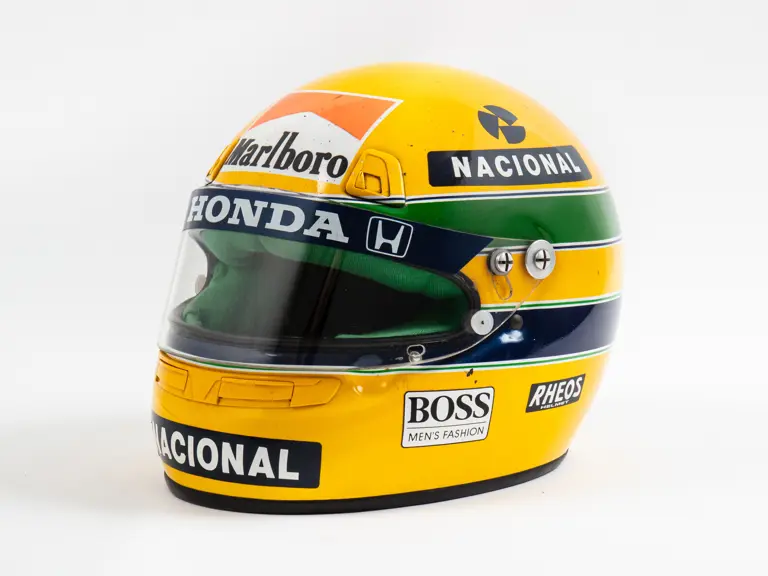
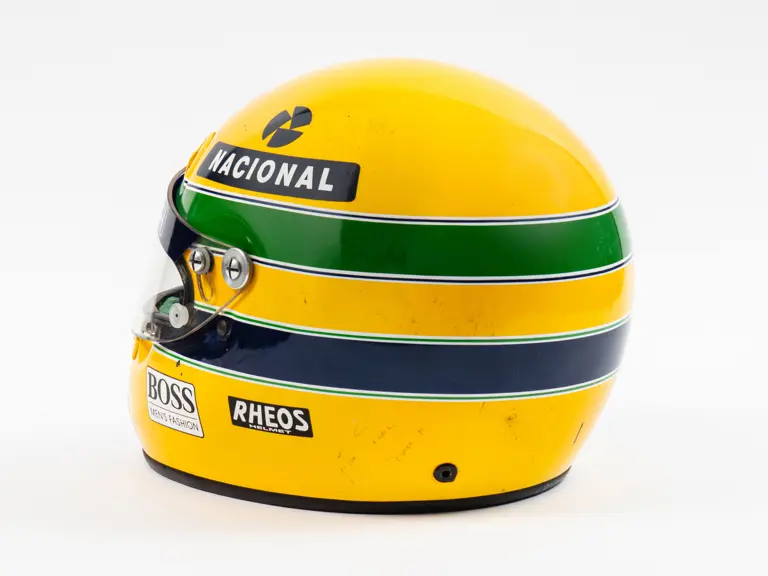

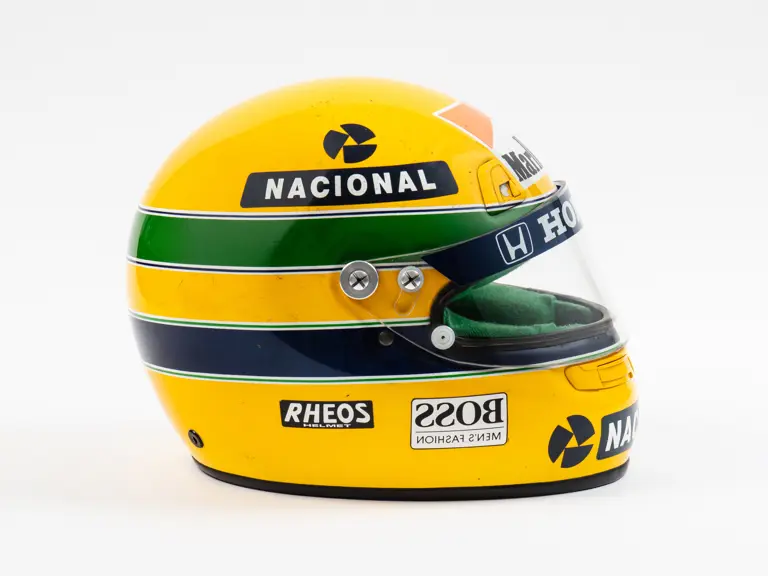
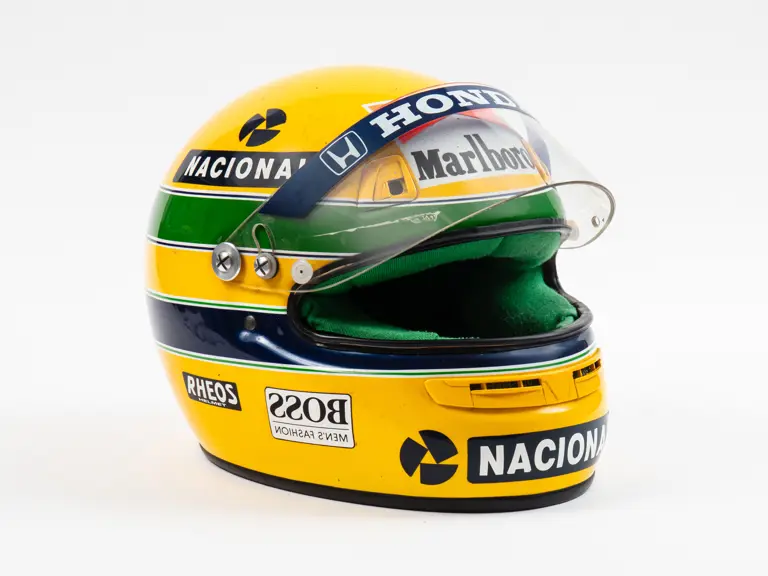

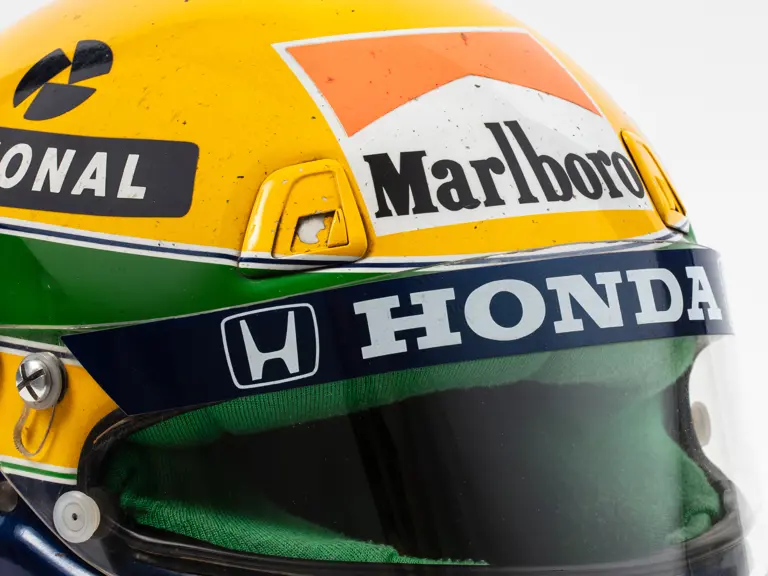

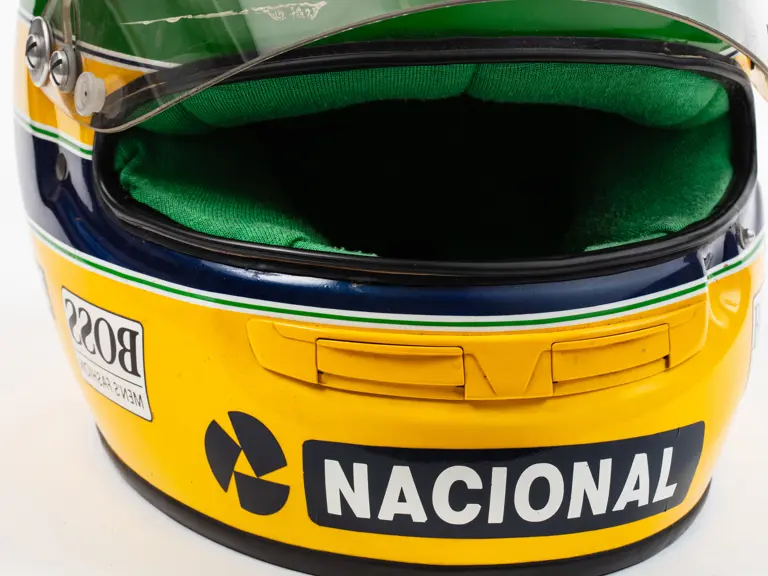
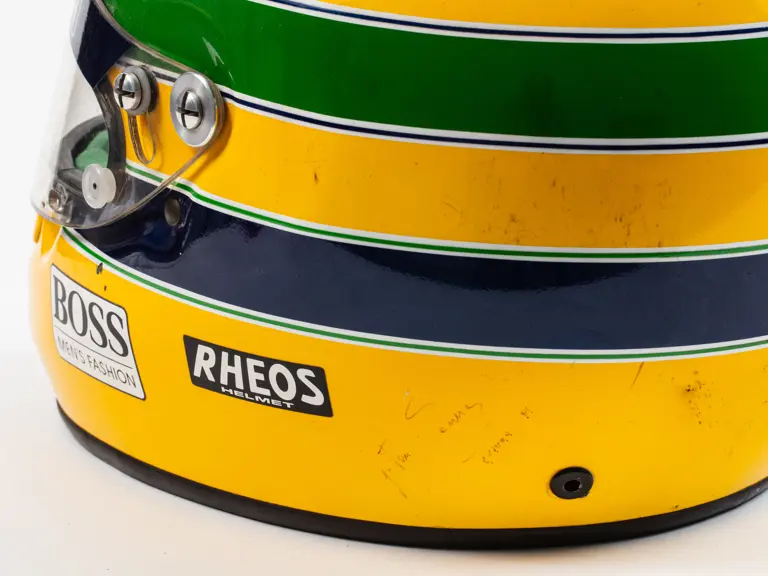
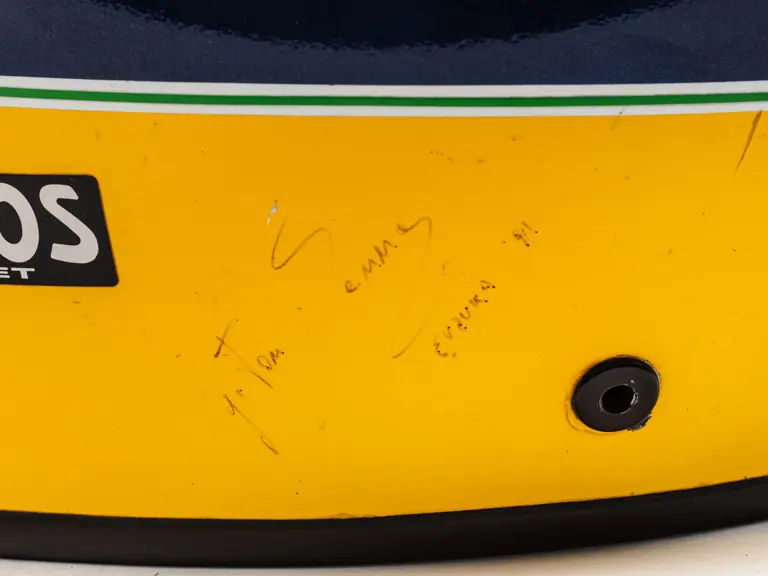
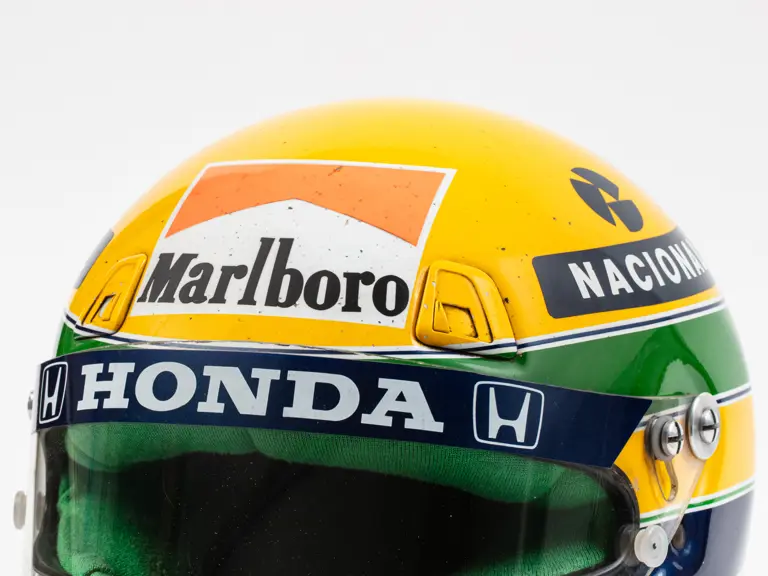
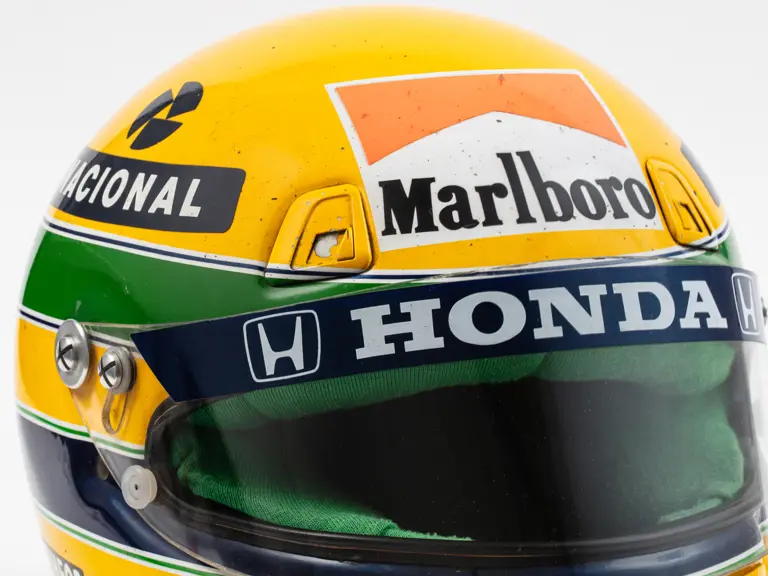
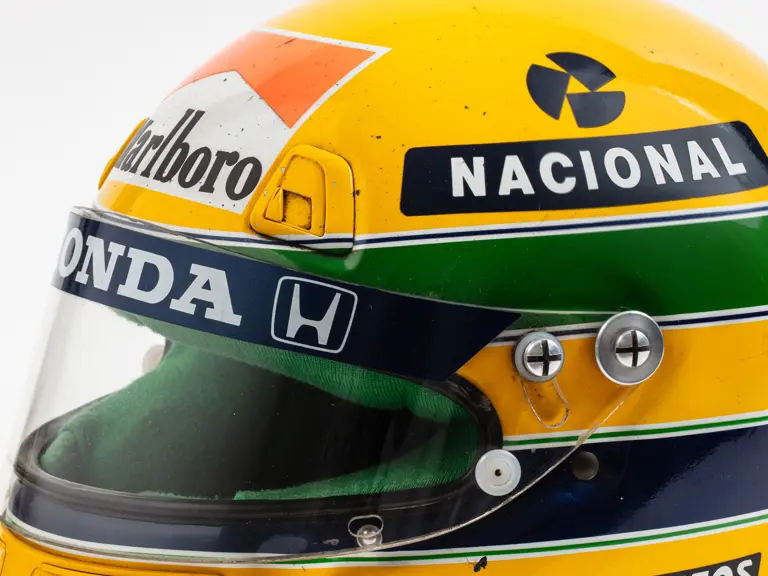
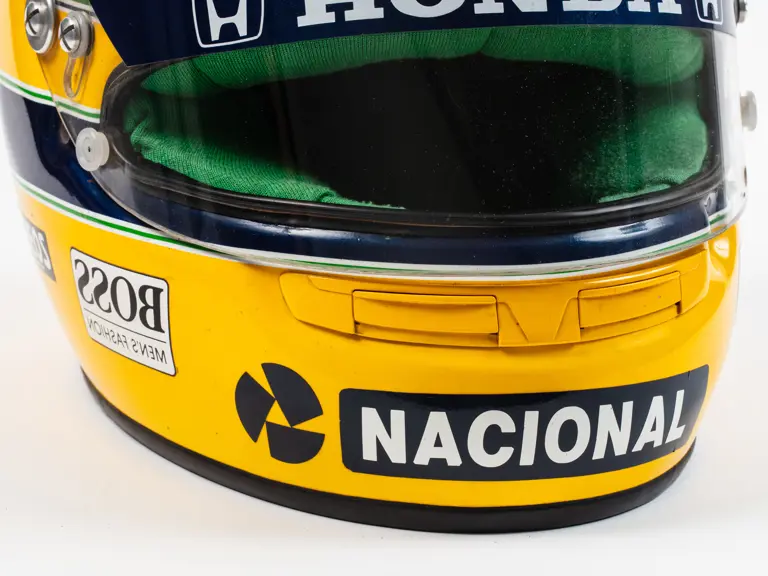
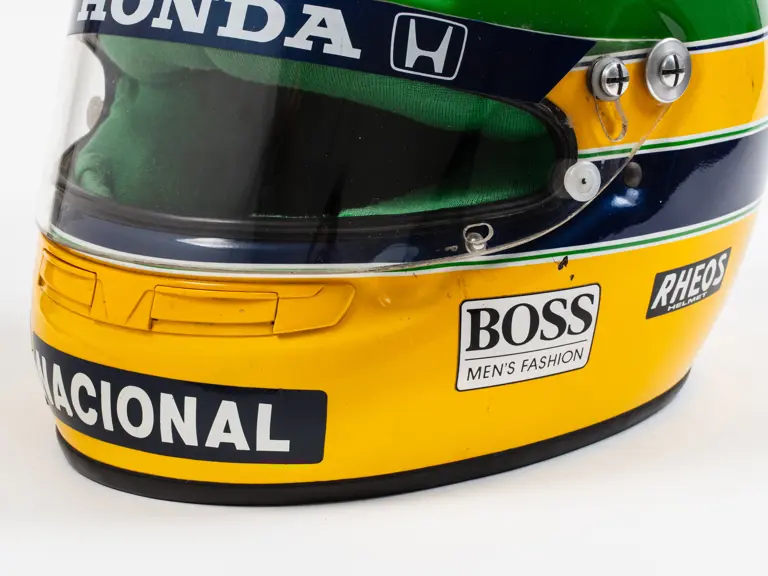
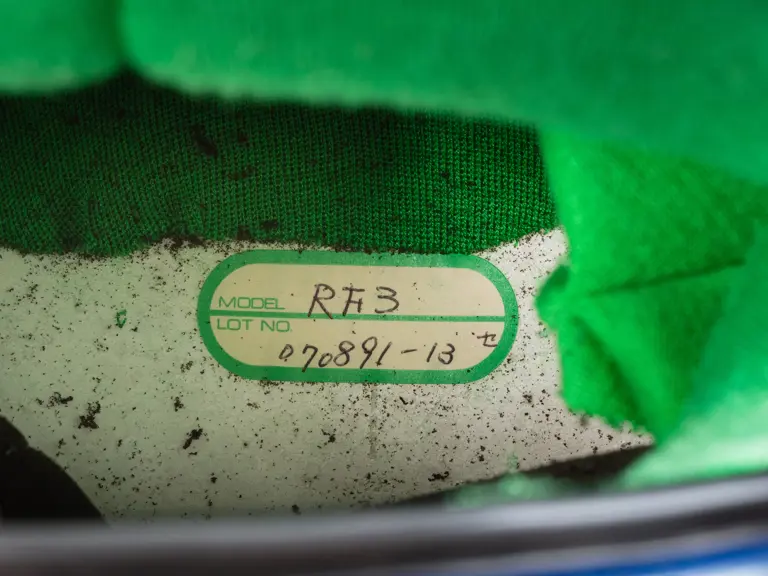
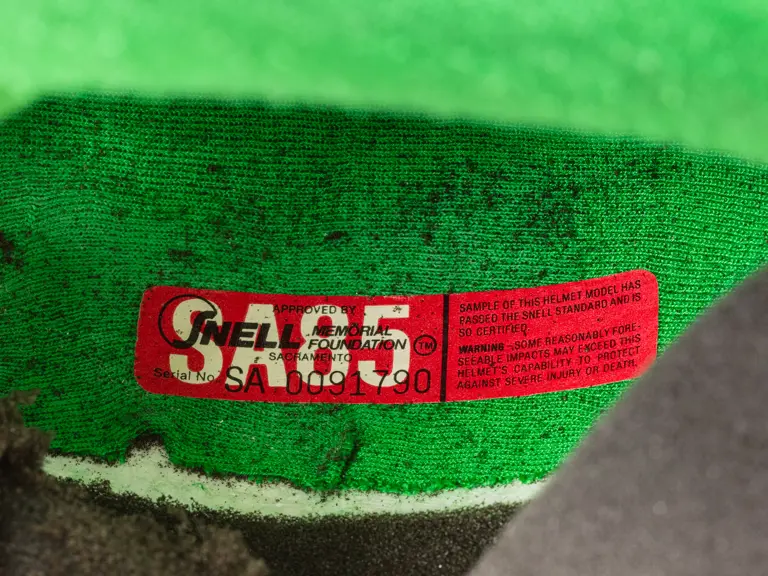
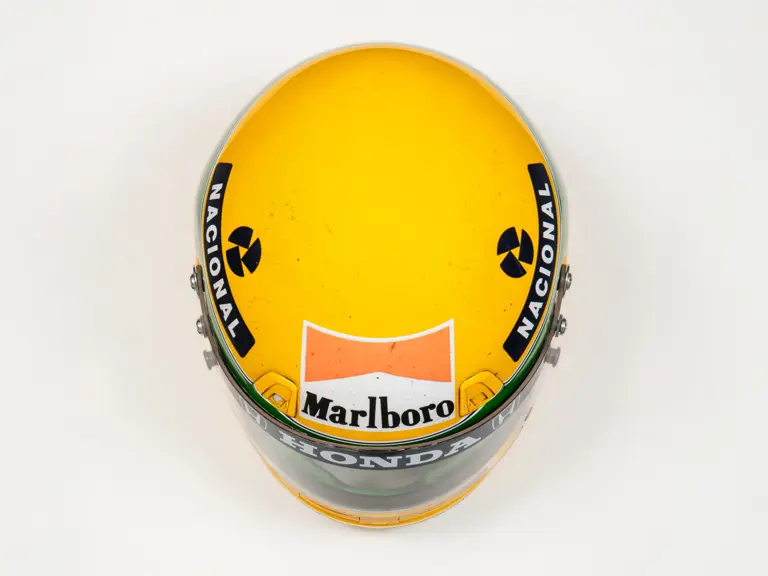
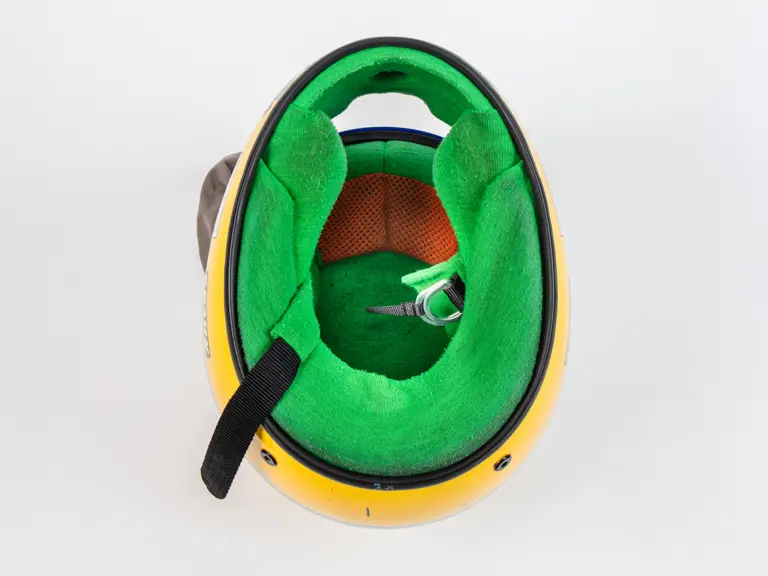
 | Paris, France
| Paris, France
